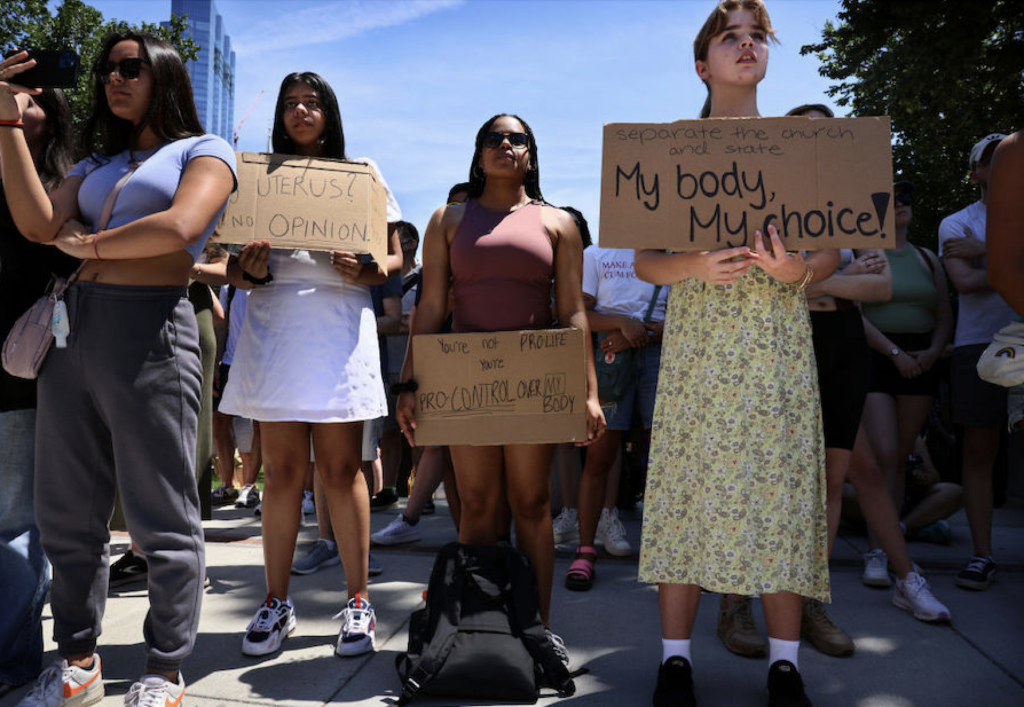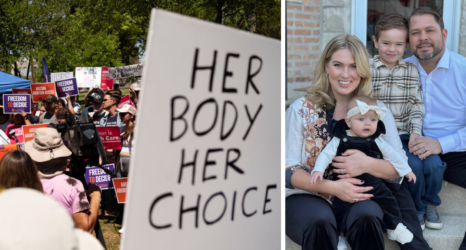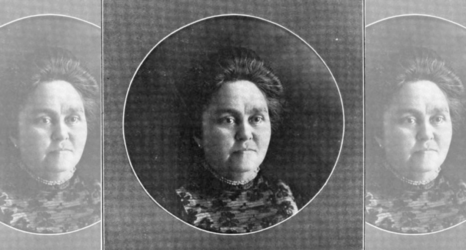A new Center for Reproductive Rights resource details sex discrimination claims under state constitutions.

This story was originally published on The Brennan Center for Justice.
One year ago this month, the U.S. Supreme Court abandoned 50 years of precedent and held there is no federal constitutional right to abortion. In the case, Dobbs v. Jackson Women’s Health, the Court’s majority also attempted to foreclose other constitutional protections for abortion by asserting that state criminalization of pregnancy care is not a form of sex discrimination or a threat to gender equality. This blinkered view of how abortion bans impact women’s equal citizenship was vigorously contested by the Dobbs dissenting justices, constitutional scholars and the public.
Fortunately, the Dobbs majority opinion is not the last word on how other jurists will interpret constitutional guarantees that protect reproductive autonomy. With active cases in 19 states challenging abortion bans since Dobbs, debates over the constitutional meaning of life, liberty, equality and reproductive rights are now taking shape in state courts.
At least seven of the pending post-Dobbs cases challenging abortion restrictions expressly raise claims grounded in state constitutional protections against sex discrimination. As these and many other cases on pressing issues make their way through state courts, it is a critical moment for the development of independent, modern state constitutional jurisprudence, including on sex discrimination and gender equality.
Of course, in most states, those decisions won’t be written on a blank slate. The Center for Reproductive Rights’ new resource, State Constitutions and Sex Discrimination, details the landscape of state constitutional standards for deciding sex discrimination claims. It allows readers to survey jurisprudence across each of the 50 states and search individual states to explore relevant precedent and constitutional provisions. In our research, we found that 31 of the 50 state high courts have, at some point, considered the scope of their state constitutions’ protections against sex discrimination, with nearly half of those states (14) establishing a more stringent legal standard than federal precedent.
In cases challenging stereotypes about women and their place in society—from economic reliance on their husbands to gender-based parenting and unique public health care rules for pregnancy—many, though not all, state high courts have rejected those stereotypes as a legitimate basis for discriminatory policies.
In many of the 14 states, the new resource designates as offering a “stronger” standard of review than federal precedent, the high courts reviewed sex discrimination claims under strict judicial review, which requires a challenged law or action to advance a compelling governmental interest in the least restrictive manner possible.
In the 17 states categorized as applying a “similar” standard to federal doctrine, the high courts explicitly adopt or closely follow controlling federal precedent of the time to consider whether differential treatment based on gender is substantially related to achieving a legitimate governmental objective.
State courts have a renewed opportunity to take the lead in setting constitutional norms and jurisprudential standards.
And while eight states have considered whether differential treatment related to pregnancy or abortion implicates gender equality, New Mexico is the only state where the high court has held that a state abortion restriction violated state constitutional protections against sex discrimination.
Virtually all of these state high court opinions were decided after Roe v. Wade and before Dobbs—when groundbreaking constitutional and civil rights litigation was predominately pursued in federal courts.
Now, with a widespread turn to state constitutions to secure and expand rights, state courts have a renewed opportunity to take the lead in setting constitutional norms and jurisprudential standards. And many state constitutions have unique provisions, such as equal rights amendments or privacy or dignity clauses, that offer alternative bases for claims rooted in gender equality. Already, high courts in North Dakota, Oklahoma, and South Carolina have held that independent state constitutional guarantees protecting privacy, liberty, natural rights, and life also protect abortion.
The South Carolina Supreme Court held in January that a ban on abortion at six weeks of pregnancy violates the state constitution’s right of privacy. Notably, in that decision, both the majority opinion and the chief justice’s concurrence acknowledge that gender equality is at stake when the government controls decisions about pregnancy. The South Carolina Supreme Court refused to adopt Dobbs’ history and tradition approach to defining protected rights, recognizing that to rest today’s rights on understandings of the past alone “perpetuates the societal landscape of the time.” And while Chief Justice Donald Beatty wrote in a concurring opinion that he would not find a “gender-based” equal protection violation, he would have held that the ban violates equal protection because “it denies women the fundamental freedom of self-determination and health-care decisions.”
Although they did not break new ground on sex discrimination doctrine, the opinions in the South Carolina case highlight the interplay of equal protection, gender equality and liberty rights. And, as our research shows, many state courts have already decided that state equal protection provisions, equal rights amendments, and other state constitutional guarantees are not constrained by federal precedent and require robust, independent legal standards to address sex discrimination.
As more people turn to state courts to vindicate fundamental rights and block discriminatory state action, the Center for Reproductive Rights will continue tracking and analyzing those decisions—and looking to state courts to lead the way in building a modern gender equality jurisprudence.
The views expressed are the authors’ own and not necessarily those of the Brennan Center.
Up next:
U.S. democracy is at a dangerous inflection point—from the demise of abortion rights, to a lack of pay equity and parental leave, to skyrocketing maternal mortality, and attacks on trans health. Left unchecked, these crises will lead to wider gaps in political participation and representation. For 50 years, Ms. has been forging feminist journalism—reporting, rebelling and truth-telling from the front-lines, championing the Equal Rights Amendment, and centering the stories of those most impacted. With all that’s at stake for equality, we are redoubling our commitment for the next 50 years. In turn, we need your help, Support Ms. today with a donation—any amount that is meaningful to you. For as little as $5 each month, you’ll receive the print magazine along with our e-newsletters, action alerts, and invitations to Ms. Studios events and podcasts. We are grateful for your loyalty and ferocity.





